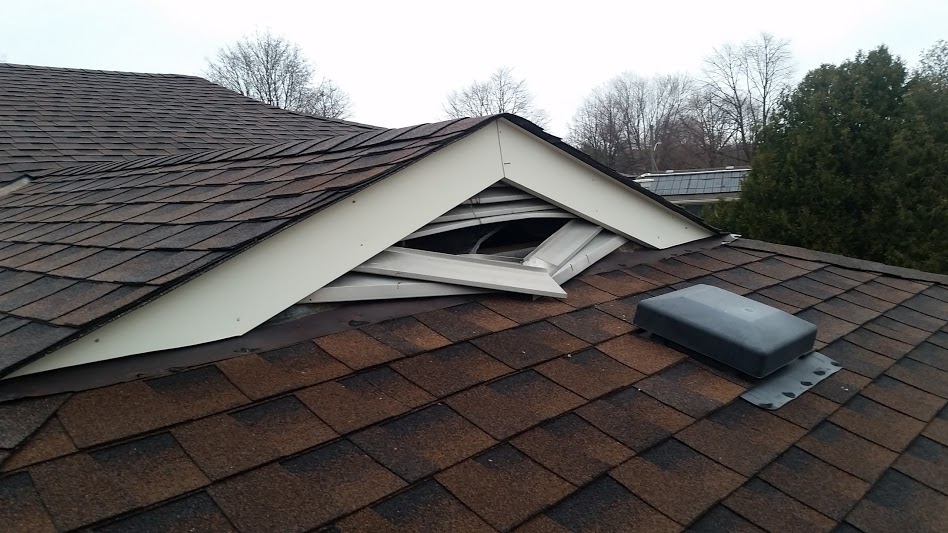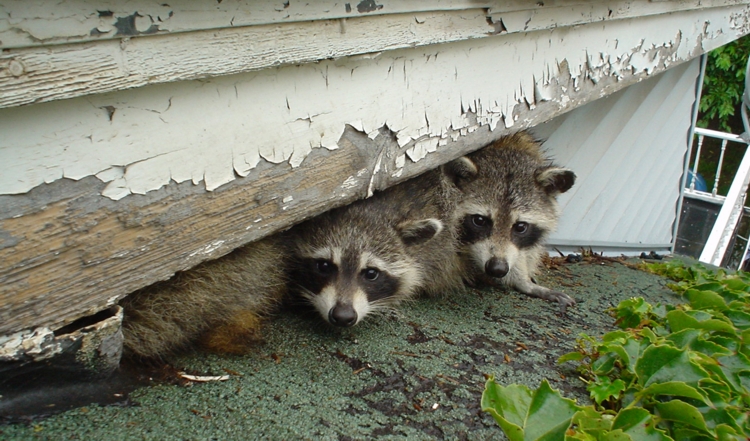A raccoon is a relatively large animal, especially when compared to other neighborhood animals like squirrels. Despite the size of the animal, it is a capable intruder, often finding its way into dwellings that seemed, at first glance, impenetrable, leaving homeowners with only one option: to call for professional raccoon removal.
When wildlife control in Madison assesses the area, they typically find one or more small holes around the property. Homeowners are often astounded at the size of the holes because of how small they are, but when a determined and flexible creature wants inside, it can pull off seemingly amazing feats.
How Big Does a Hole Need To Be?
In most cases, a raccoon needs only four inches to squeeze through — think roughly the diameter of a small piece of fruit. Many property owners believe they should spot a hole that size, especially if it is around their attic or garage, but raccoons are intelligent and capable animals. In many instances, the gap might be behind a piece of flashing or over and behind a peak. A nesting site needs to be secure, which means a raccoon will not want you to spot it so easily.
While four inches is standard, a determined raccoon might make a smaller hole work, depending on its overall size. Essentially, a raccoon knows it will fit through an area if its head fits. However, sometimes that premise doesn’t always work for the raccoon — you might have seen videos of them stuck in openings.
Even when a hole doesn’t start out big enough for the animal to fit, depending on the material, it can chew and tear at the surface to make it larger. Plastic, wood, and aluminum are no match for a determined raccoon. These animals can chew through many building materials easily, therefore it is best to focus on raccoon prevention.

Why Should You Hire a Professional for Raccoon Removal?
Wildlife removal experts understand the safety measures that are necessary for interacting with wild animals, and they know exclusion practices limit those interactions. There are many safe ways to remove or discourage raccoons from entering or nesting in your property, but a DIY approach is not advisable.
While raccoons will typically try to avoid human interactions, it is not uncommon for them to become aggressive when approached. As with any wild animal, a raccoon will attack if it feels threatened. People need to be concerned about potential attacks because the animal can carry bacteria, viruses, and parasites that are transmissible to humans.
A wildlife professional understands the risks and is trained in the methods to minimize potential contact.
Additionally, the goal of a humane wildlife specialist is to encourage the animal to leave on its own. They can accomplish this by using exclusion methods, such as one-way exits.
A one-way exit allows the raccoon to leave its nest within a house, but the animal can not fit or find its way back in due to the design. These exclusionary devices only work once all other entrances and exits have been sealed.
The wildlife technician might also make suggestions about food and waste storage as well as property maintenance. Most often, people do not realize the number of invitations they have in place for hungry foragers.
If you have seen a rise in the population of raccoons around your neighborhood or property, contact Skedaddle Humane Wildlife Control and schedule a property assessment. The company will send a technician out straight away to evaluate your house and its surrounding area for any sign of raccoons and other wildlife, making suggestions and offering animal control services to mitigate any current or future issues.



